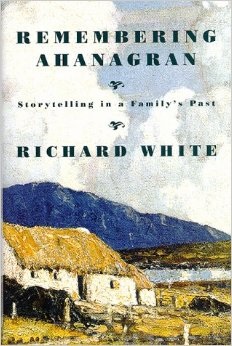Linear progression models have dominated the way we talk about progression in history for many years now. Once upon a time, they were an odd perversion created by the mis-use of National Curriculum levels, but now they are absolutely everywhere, infiltrating everything from A Level to GCSE.
Linear progression models attempt to create a series of steps which pupils must climb in order to improve at a subject. In maths for example, pupils might begin to understand the concept of angles and their relationships to straight lines by looking at how angles on a straight line add up to 360 degrees, then moving on to deal with angles on parallel lines, and so on. In maths this has the potential to work because there are clear steps for pupils to take to improve in their knowledge of angles and lines.
In history the situation is quite different. Linear progression models, such as those used by many schools up until the abolition of the National Curriculum level descriptors, were generally based on the idea that students could improve through a focus on their second-order understanding, rather than knowledge; that is to say, the ways in which we understand history, for example through our understanding of significance, cause, or change. See the example below:


 RSS Feed
RSS Feed
